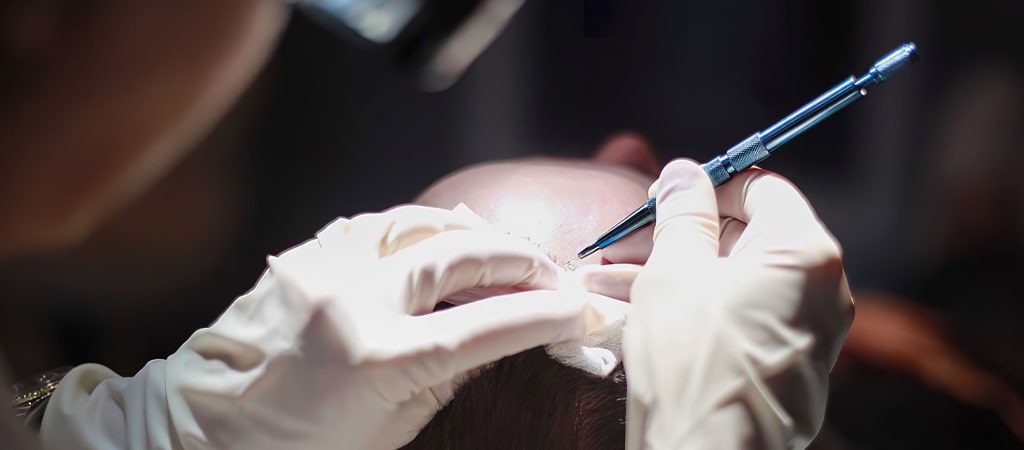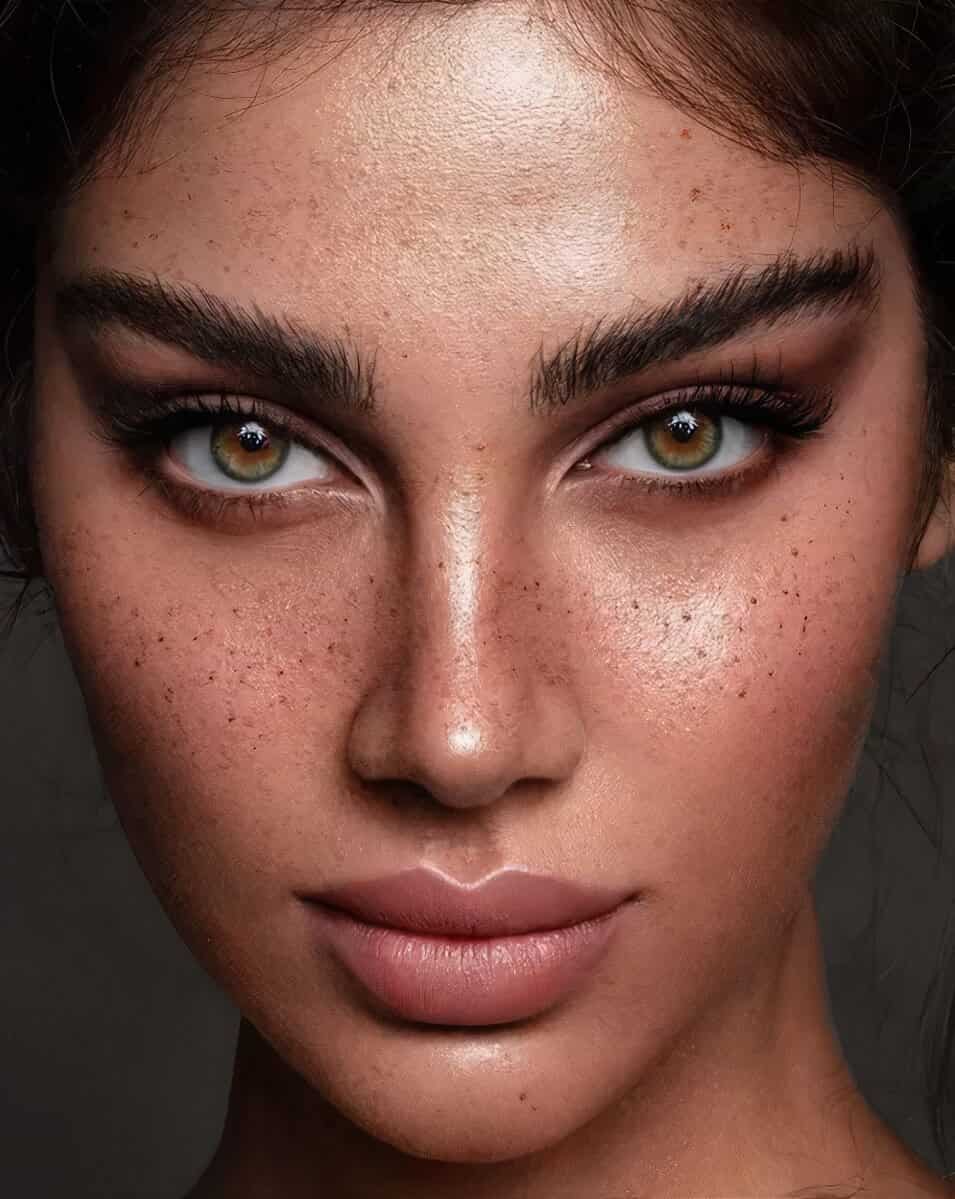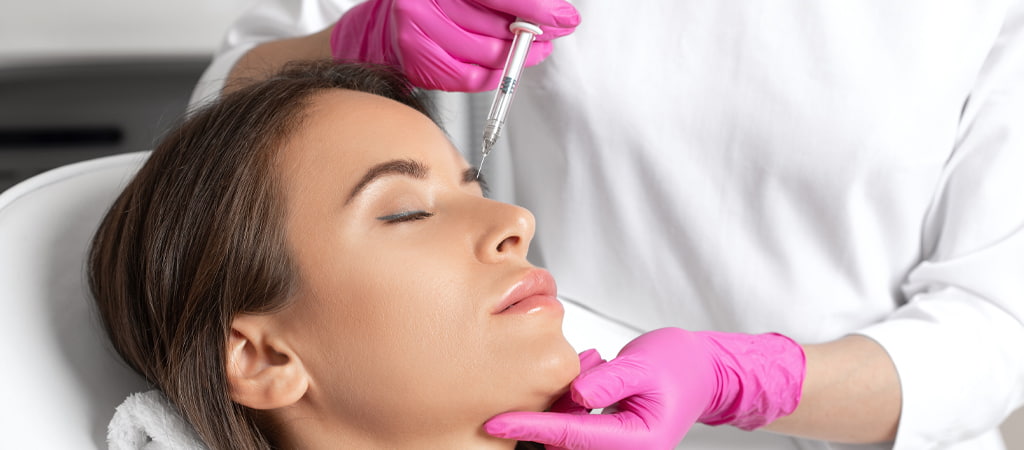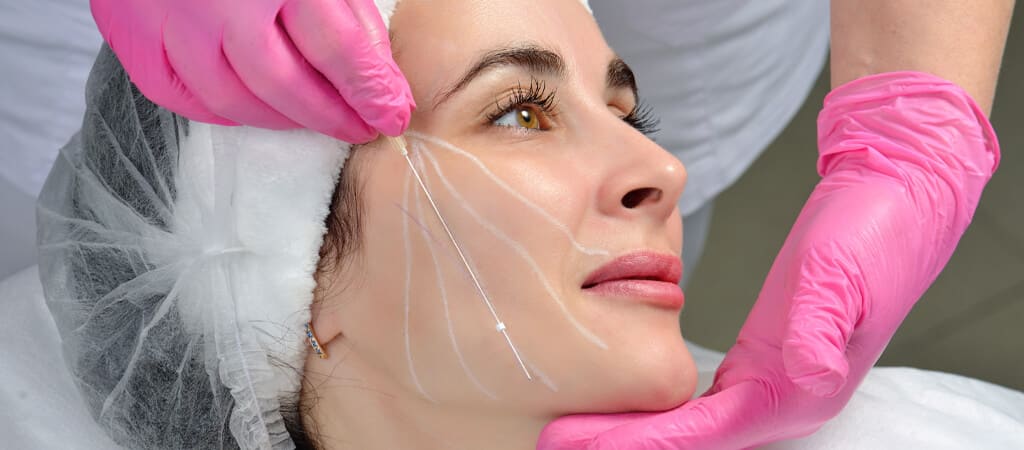What is Eyelid Aesthetics and How Is It Performed?
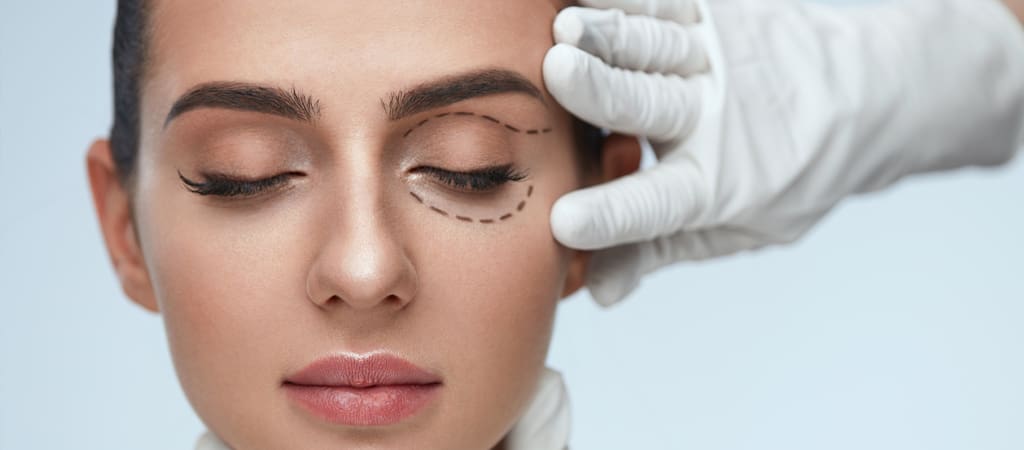
Eyelid aesthetics (blepharoplasty) is a procedure to prevent and repair conditions in the eyelids including, hooded eyelids, uneven eyelids, single hooded eyelids and eyelid wrinkles. The operation also corrects the fold over and front of the eye.
The factors that affect these conditions include,
- Advanced age
- Genetics
- A reaction of different diseases
The condition can also be seen at a young age.
A Blepharoplasty operation can be considered for patients who are unhappy about the appearance of their eyelids. The procedure involves the removal of excess tissue on the eyelid.

Who Is An Eyelid Aesthetics (Blepharoplasty) Suitable For?
An eyelid surgery is suitable for anyone over the age of 18, provided the eye condition is not caused by different health problems or there are no unusual health conditions.
Blepharoplasty may be considered if the laxity or drooping of the skin tissue covers 1mm or more of the pupil and is preventing vision. In addition, an eyelid aesthetic procedure can be a solution when the two eyelids are not even and one of the eyes appears smaller than the other.
Conditions concerning the eyelids are important for both aesthetic and health reasons. Over time eyelids become heavy and tire the nerves and muscles under the eyebrow, therefore an eyelid surgery is a preferred choice.
How Is An Eyelid Aesthetic Procedure (Blepharoplasty) Performed?
Hooded eyes, drooping and uneven eyelids can occur for many different reasons – and the flow of the procedure is determined by these different conditions. In the first consultation with the physician, a detailed analysis and testing is undertaken to establish the suitability of the patient for the operation. The patient is examined in detail prior to the surgery including checking for any possibilities of neural and tissue problems. If the problem is solely based on aesthetic and eyelid structure issues, preparation for surgery can begin. During a blepharoplasty procedure, the patient is under anesthesia and therefore won’t feel any pain. The procedure also provides more control and ease for opening and closing the eyes, and as such these nerves are not damaged in the process. The procedure is not a risky operation and can be considered for patients who suffer hooded,low and uneven eyelids looking for an aesthetic solution.
The operation consists of incisions made at the base of the eyelashes where the operation will begin. The excess skin tissue in the area is removed and the accumulated fat is spread over the entire eyelid to reveal a flat and taut appearance. By removing the wrinkles in the area, the eyelid is prevented from folding over the eye. These procedures are operated on in a certain order according to the situation and the need for the eyelid. The procedure finishes off with special aesthetic stitches.
What Is Recovery Like After A Blepharoplasty?
Recovery after a blepharoplasty surgery is generally quite short. The doctor will check the condition of the stitches over one or two days. Painkillers and/or therapeutic supplements may be used during the healing process under doctor’s guidance. Additional treatments, exercises and/or medications for the stitches may also be required after the operation.
Patients can return to normal life within a few weeks. During this time, additional treatments, drug supplements and procedures may be applied if required by the doctor. Information about the dos and don’ts is also provided. During the healing process, nutrition and hydration are of high importance. It is important to pay attention to nutrition and drinking plenty of water. Smoking and alcohol should be avoided. Patients can expect to see changes in their eyelids in a short time. At the end of the operation both the patient’s aesthetic appearance and vision improves.
Advantages Of A Blepharoplasty Procedure
The advantage of blepharoplasty procedure is that firstly the aesthetic and functional issues of the eyelids are evaluated separately. Aesthetic reasons include drooping eyelid, hooded eyelid, deformities and unpleasant external appearance. Functional reasons include hooded eyelids, wrinkles, folds and fat build up. A hooded eyelid puts pressure on the eyelid which affects vision and strains the muscles. A blepharoplasty operation allows for the nerves and muscles in the eyelid, as well as the muscles around the eyes, under the eyebrows and forehead to relax. Eyelid deformities may cause issues on other muscles of the face. A blepharoplasty procedure eliminates these. As a result of this surgery, these negative situations are eliminated and a much younger and dynamic appearance is created.
Eyelid Aesthetics FAQs
Is an eyelid aesthetic (blepharoplasty) a painful procedure?
Is an eyelid aesthetic (blepharoplasty) a painful procedure?
The blepharoplasty procedure is performed under anesthesia, therefore the patient will not feel any pain. After the surgery, the patient can take painkillers and medication supplements recommended by the doctor to ease any pain. Painkillers recommended may be continued upon doctors advice.
Is an eyelid aesthetic (blepharoplasty) procedure permanent?
Is an eyelid aesthetic (blepharoplasty) procedure permanent?
A blepharoplasty procedure may be permanent if there is no damage, hard impact and sudden diseases affecting the area. It is not a procedure that needs to be repeated.
Does an eyelid aesthetics surgery (blepharoplasty) cause vision loss?
Does an eyelid aesthetics surgery (blepharoplasty) cause vision loss?
No. A blepharoplasty does not cause visual impairment and/or vision loss.
Can an eyelid aesthetics (blepharoplasty) be performed on only one eye?
Can an eyelid aesthetics (blepharoplasty) be performed on only one eye?
Yes. This operation can be performed for both eyes at the same time or for one eye.
What is the recovery time for an eyelid aesthetic (blepharoplasty) surgery?
What is the recovery time for an eyelid aesthetic (blepharoplasty) surgery?
The recovery period for a blepharoplasty is quite short. In order for the process to be easier and painless, additional medications recommended by the doctor should be used.


